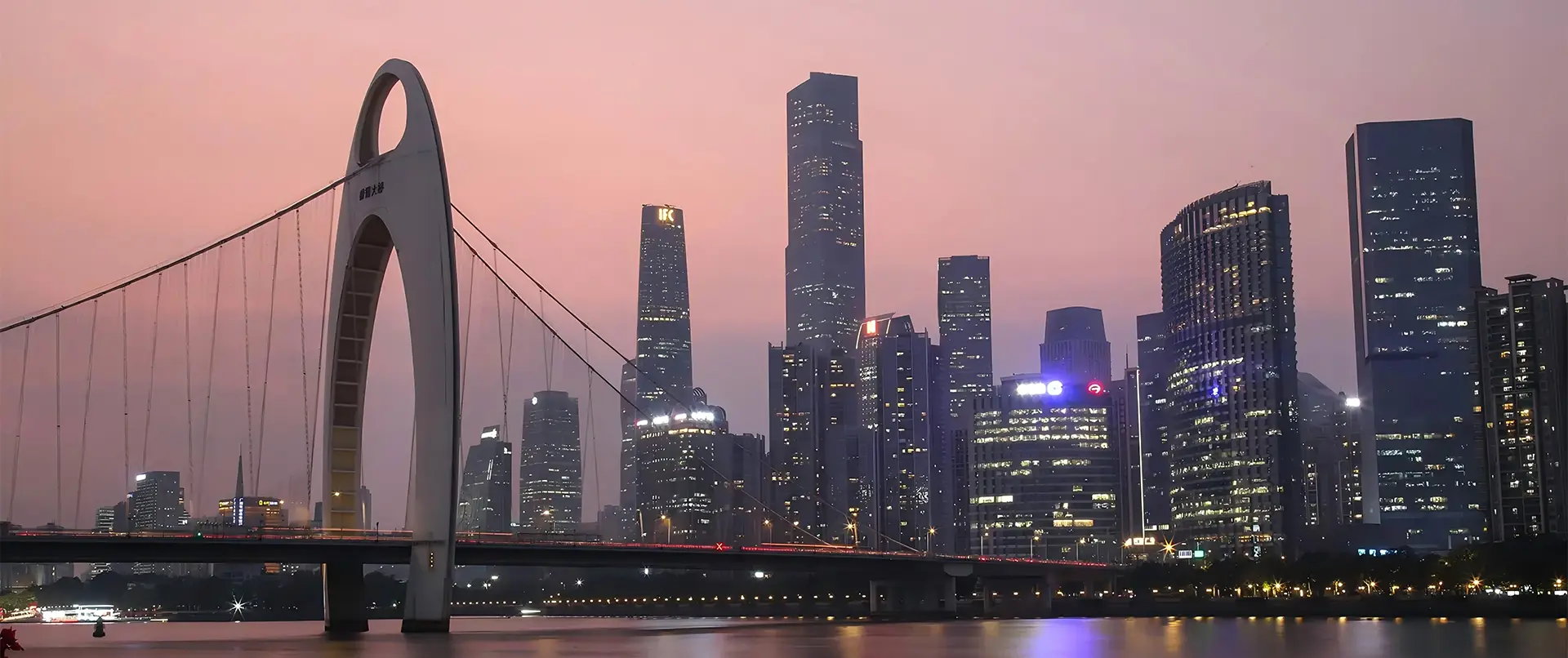10 Unmatched Examples of Best Artistic Rendering Techniques Transforming Digital Design
In the ever-evolving landscape of digital design, the importance of artistic rendering has never been more pronounced. According to a recent report by the The Digital Design Institute, over 70% of designers believe that artistic rendering techniques significantly enhance the visual appeal of digital content. As technology advances, these techniques have transformed how designers convey concepts and emotions, allowing for a more immersive experience. From photorealistic illustrations to stylized graphic interpretations, the applications of artistic rendering are vast and varied. In this blog, we will explore ten unmatched examples of artistic rendering techniques that not only elevate digital design but also redefine how messages are communicated in the digital age. With creativity at the helm, these techniques showcase the intersection of artistry and technology, promising to inspire designers around the globe.

The Evolution of Artistic Rendering Techniques in Digital Design
Artistic rendering techniques have dramatically evolved over the years, influencing the landscape of digital design in profound ways. From the early days of vector graphics to the advanced use of 3D rendering and real-time graphics, designers now have a toolkit that allows for unparalleled creativity and expression. These techniques not only enhance visual aesthetics but also enable more immersive user experiences, bridging the gap between art and technology.
To elevate your digital design game, consider experimenting with mixed media approaches. Combining traditional art forms with digital methods can lead to unique compositions that capture attention. Additionally, don't shy away from using dynamic lighting techniques and textures; they can add depth and realism to your designs. Remember, the key to mastery lies in understanding how these elements interact and complement one another.
Another tip is to stay updated with the latest rendering software and tools. With rapid advancements in technology, new techniques emerge constantly, providing exciting opportunities to enhance your designs. Engage with online communities where you can share your work and learn from others, as collaboration often sparks innovation. Embrace the evolution of artistic rendering, and let it inspire your creative journey in digital design.

Top 10 Innovative Techniques Shaping the Future of Digital Art
In the ever-evolving realm of digital art, innovative techniques are consistently reshaping the boundaries of creativity. Artists are experimenting with mixed media and augmented reality to create immersive experiences that captivate viewers. For instance, the fusion of traditional painting methods with digital tools allows for a seamless blend of textures and colors, resulting in stunning visual narratives. Tools like Procreate and Adobe Fresco enable artists to simulate real-world materials, offering unprecedented flexibility in their creative process.
Moreover, the rise of generative art, fueled by artificial intelligence, is pushing the limits of artistic expression. By using algorithms to generate unique pieces, artists are exploring new dimensions of collaboration between human creativity and machine learning. These techniques not only democratize art creation but also challenge conventional notions of authorship and originality. As we look towards the future, it's clear that these artistic rendering techniques are not just transforming digital design, but are also paving the way for a more inclusive and dynamic art world.
Top 10 Innovative Techniques Shaping the Future of Digital Art
Market Analysis: The Growth of Digital Design in 2025
The digital design industry is poised for significant growth by 2025, driven by advancements in technology and changing consumer preferences. According to a report by Research and Markets, the global digital design market is projected to reach $9.6 billion by 2025, growing at a CAGR of 8.5% from 2020. This expansion can be attributed to the increasing demand for interactive and visually appealing content across various platforms. Businesses across industries are leveraging sophisticated artistic rendering techniques to engage audiences and create memorable brand experiences.
Furthermore, the rise of augmented reality (AR) and virtual reality (VR) is transforming how digital design is perceived and utilized. A report from Statista reveals that investment in AR and VR technologies is expected to surpass $200 billion by 2025, showcasing the industry's shift towards immersive experiences. As designers adopt cutting-edge tools and techniques, the lines between reality and digital artistry continue to blur, allowing for unparalleled creativity in visual storytelling. This evolution not only enhances user engagement but also presents tremendous opportunities for designers to innovate and redefine their craft.

Tips for Artists: Mastering Modern Rendering Tools and Techniques
In the ever-evolving landscape of digital design, mastering modern rendering tools and techniques is crucial for artists aiming to stand out. One of the most significant advancements in this field is the introduction of software that simulates traditional artistic methods, allowing creators to blend digital flexibility with the charm of classic artistry. Tools like Adobe Fresco and Procreate provide a myriad of brushes and textures that mimic the feel of paint and pencil, enabling artists to explore their creativity without limitations.
Learning to manipulate light and shadow is another vital technique that can significantly enhance artistic renderings. Programs such as Blender and Autodesk SketchBook offer powerful features to create realistic lighting effects, giving depth and dimension to digital artwork. By experimenting with layers and blending modes, artists can achieve dynamic contrasts and intricate details, leading to more visually engaging compositions. Embracing these modern techniques not only elevates the quality of work but also fosters a deeper understanding of the artistic process, encouraging ongoing growth and innovation in digital design.
How Technology is Redefining the Boundaries of Artistic Expression
The realm of digital design is undergoing a revolutionary shift, powered by advanced technologies that push the limits of artistic expression. According to a recent report by the International Data Corporation (IDC), the global spending on artificial intelligence in the creative sector is projected to reach $7.5 billion by 2025, indicating a booming interest in how technology can enhance artistic practices. Artists are now utilizing tools like AI-driven algorithms and machine learning to create stunning visuals that were previously unimaginable, transforming traditional methodologies and expanding creative vocabularies.
Moreover, the integration of virtual and augmented reality (VR/AR) into artistic rendering techniques is further redefining boundaries. A study by Statista reveals that the VR market within the art sector is expected to grow to $1.3 billion by 2024, highlighting increased engagement and immersive experiences for audiences. Artists are leveraging these technologies to craft interactive pieces that invite viewers to step into their artistic worlds, creating a dialogue that transcends conventional forms of expression. This fusion of art and technology continues to shape the future of digital design, fostering a rich landscape of innovation and creativity.
10 Unmatched Examples of Best Artistic Rendering Techniques Transforming Digital Design
| Technique | Description | Applications | Impact on Design |
|---|---|---|---|
| 3D Rendering | Creating three-dimensional visuals from digital models. | Architecture, Video Games, Animation | Enhances realism and immersion in designs. |
| Augmented Reality | Overlaying digital information on the real world. | Retail, Education, Marketing | Creates interactive and engaging user experiences. |
| Digital Painting | Art creation using digital tools to mimic traditional painting. | Fine Art, Concept Art, Illustration | Frees artists from the constraints of physical materials. |
| Generative Design | Using algorithms to generate designs based on parameters. | Architecture, Product Design, Art Installations | Stimulates innovative solutions and unique forms. |
| Vector Art | Artwork created using paths rather than pixels. | Graphic Design, Illustration, Branding | Allows for scalability without loss of quality. |
| Photo Manipulation | Editing images to create surreal or altered visuals. | Advertising, Art, Fashion | Enables boundary-pushing creative compositions. |
| Video Mapping | Projecting visuals onto 3D surfaces in real time. | Theater, Music Festivals, Exhibitions | Transforms spaces and enhances storytelling through visuals. |
| Pixel Art | Creating images using small square pixels, reminiscent of early digital art. | Video Games, Animation, Retro Design | Evokes nostalgia and emphasizes minimalist aesthetics. |
| 3D Printing | Creating three-dimensional physical objects from digital models. | Product Prototyping, Sculpture, Custom Design | Realizes digital designs in tangible formats. |
| Virtual Reality | Immersive experience via computer-generated environments. | Gaming, Training, Simulations | Revolutionizes user interaction with digital environments. |


